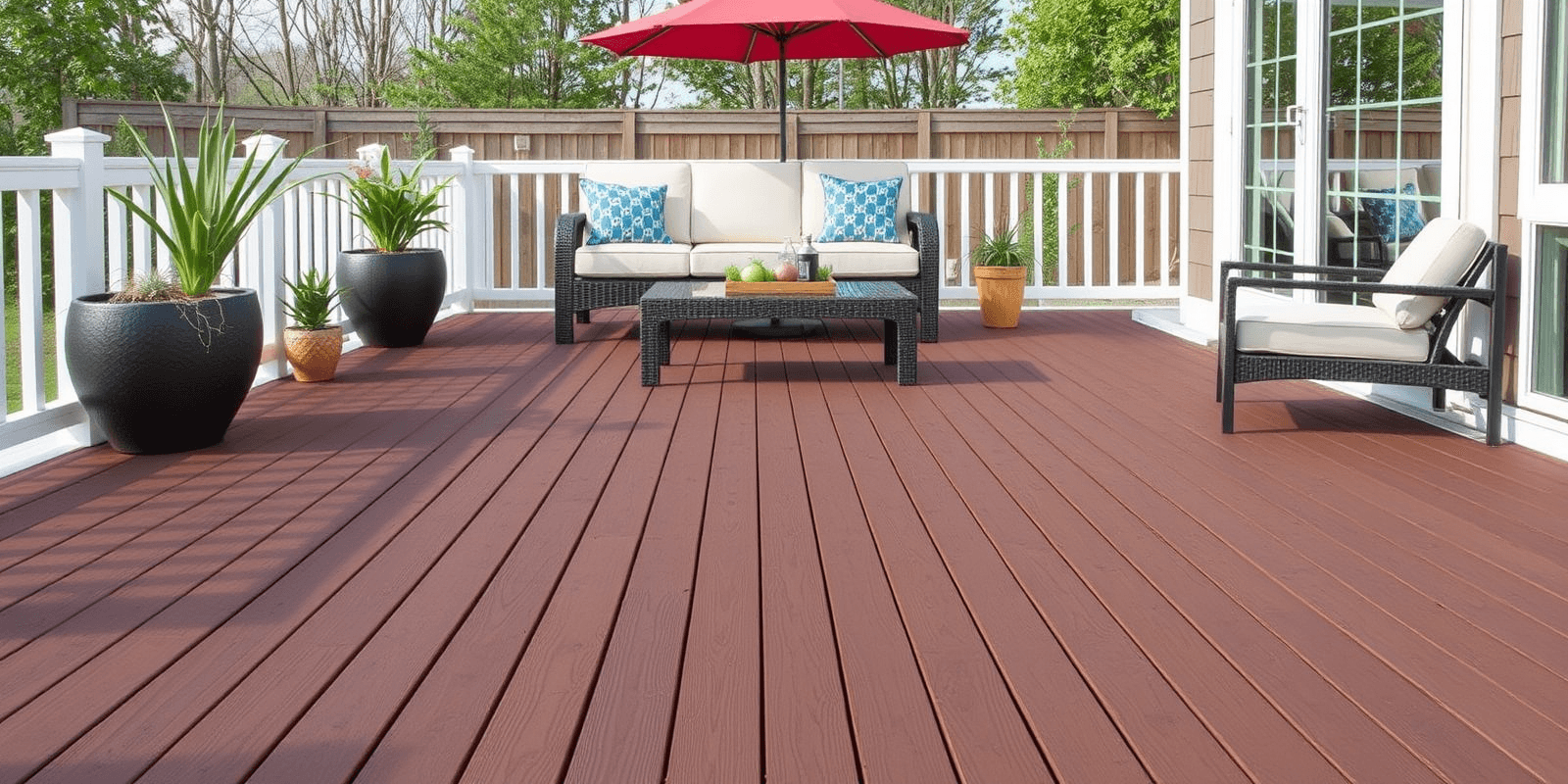Choosing Low-Maintenance WPC Decking for Your Outdoor Space
Introduction
In recent years, low-maintenance WPC (Wood Plastic Composite) decking has become a popular choice for homeowners looking to enhance their outdoor living spaces. This eco-friendly material combines the natural look of wood with the durability and ease of maintenance of plastic. In this article, we will explore the various benefits of WPC decking, including its resilience against rot, insects, and weather elements. Additionally, we’ll provide tips on how to choose the right color and style that complements different home exteriors.
The Benefits of WPC Decking
WPC decking is renowned for its exceptional durability, which makes it an ideal choice for outdoor use. Unlike traditional wooden decks that require frequent maintenance such as sealing and painting, WPC decks are designed to resist warping, cracking, and fading over time. According to a study published in the Journal of Building Materials, WPC materials have shown superior performance in resisting environmental stresses, making them a long-lasting investment for your home (Source: Journal of Building Materials).
Resistance to Rot, Insects, and Weather Elements
One of the key advantages of WPC decking is its inherent resistance to rot and insect damage. Traditional wood decks can deteriorate quickly when exposed to moisture and pests, requiring costly repairs or replacements. However, WPC materials are treated with additives that protect them from fungal decay and insect infestations, ensuring they remain intact and attractive for many years. Furthermore, WPC decks can withstand extreme weather conditions, such as heavy rain, snow, and intense sunlight, without losing their structural integrity or aesthetic appeal (Source: Nature).
Choosing the Right Color and Style
Selecting the appropriate color and style of WPC decking is crucial for enhancing the overall appearance of your outdoor space. The color options available for WPC decking range from classic earth tones like brown and gray to more vibrant hues like red and blue. When choosing a color, consider the existing architectural style of your home and surrounding landscape. For instance, a light-colored deck can brighten up a darker exterior, while a dark-colored deck can add depth and contrast to a lighter setting. Additionally, selecting a style that matches your home’s aesthetic can create a cohesive and inviting outdoor environment. Whether you prefer a modern, contemporary look or a more traditional design, there is likely a WPC decking option that will suit your needs.
Tips for Complementing Different Home Exteriors
To ensure that your WPC deck blends seamlessly with your home’s exterior, it’s important to consider several factors. First, match the deck color with the siding or roofing materials on your house. For example, if your home has cedar shingles, a warm-toned deck can complement the natural beauty of the wood. Second, think about the landscaping around your deck. Incorporating plants and flowers in similar colors can create a harmonious visual effect. Lastly, consider adding outdoor furniture and accessories that coordinate with your chosen deck color and style. This can help tie the entire outdoor space together, creating a cohesive and inviting atmosphere.
Conclusion
Low-maintenance WPC decking offers numerous benefits, from its durability and resistance to rot, insects, and weather elements to its versatility in terms of color and style. By carefully selecting the right color and style that complements your home’s exterior, you can create an outdoor living space that is both functional and aesthetically pleasing. With proper care, a WPC deck can provide years of enjoyment and enhance the value of your property.

